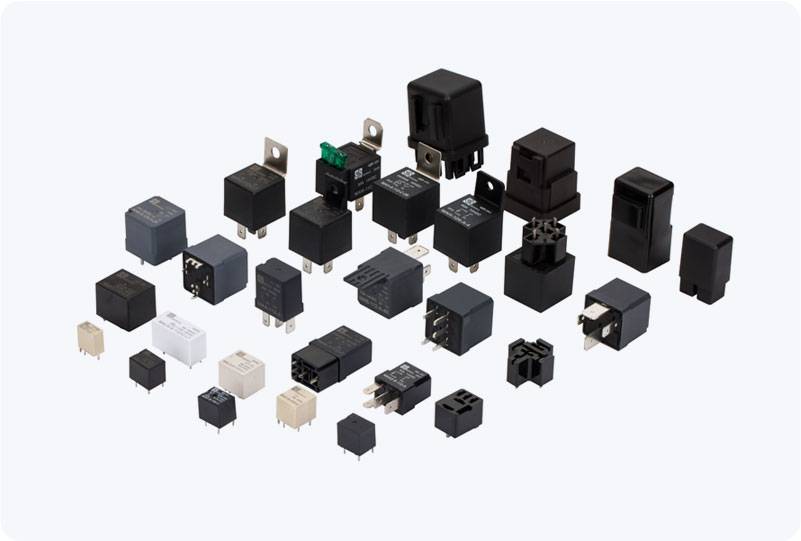Industrial power relays are critical components in motor control systems, ensuring that motors operate safely, efficiently, and reliably. These relays act as switches, allowing a low-power control signal to control high-power motor circuits. In industries where motors drive everything from production lines to HVAC systems, the reliability of power relays is paramount. This article delves into the significance, functionality, and applications of the industrial power relay in motor control, explaining why it’s an indispensable tool in modern automation.

What is an Industrial Power Relay for Motor Control? At its core, an industrial power relay for motor control is an electromagnetic switch designed to manage the power supply to industrial motors. It enables operators to control a motor using a lower voltage or current signal. This makes it possible to isolate control circuits from high-power circuits, offering both safety and convenience. These relays can handle the large electrical demands of motors, including the significant inrush currents that occur when motors start. In industrial environments, motors are often subjected to harsh conditions and must be protected from mechanical and electrical failures. Power relays provide this protection by ensuring that the motor is only powered when appropriate, and they help prevent damage due to overloads or incorrect operations.